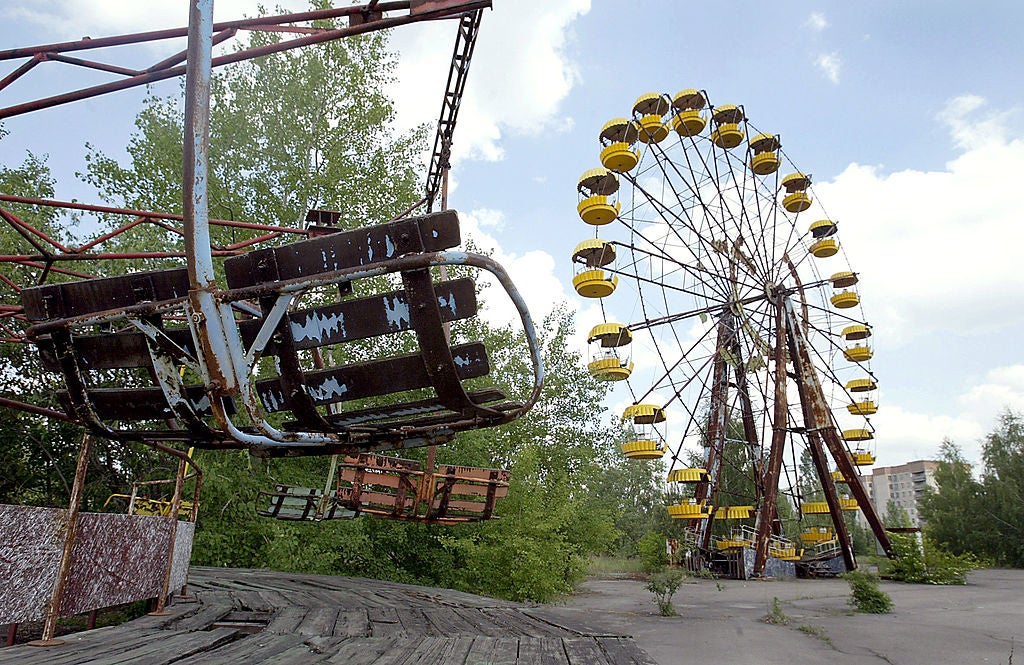Chernobyl nuclear reactor slated for billion-pound solar park despite radiation fears
Chernobyl was the scene of the world’s worst nuclear accident in 1986

Ukraine is in talks with one of France’s biggest energy businesses to construct a £969m solar facility at the derelict Chernobyl nuclear reactor plant and its surrounding area.
Ostap Semerak, Ukraine’s minister of ecology, said Engie is starting a pre-feasibility survey, bankrolled by the French government, next week. The results should be published by the end of the year.
“France’s experience in nuclear is one of the reasons that we wanted to work with them,” Mr Semerak told The Washington Post. “They approached us after we announced our intention to develop renewables in Chernobyl.”
An Engie spokesman verified that the company is in consultation with the Ukrainian government but refused to reveal any further details on the project.
Pietro Radoia, a solar analyst at Bloomberg New Energy Finance, said: “Ukraine has good solar irradiation, but a low level of confidence from investors and the consequent prohibitive cost of financing. Engie might find a way around if it uses corporate financing though.”
Chernobyl was the scene of the world’s worst nuclear accident in 1986, causing 56 direct deaths. However, estimates suggest the death toll could be as high as 4,000 because of radiation exposure-related cancer fatalities.
A 30km exclusion zone remains around the reactor that set fire during a safety test.
Despite the area remaining contaminated and a large quantity of radioactive material still at the demolished reactor, Ukraine is looking at using Chernobyl as a base for renewable energy.
According to Mr Semerak, more than 60 companies are engaged in discussions concerning various schemes at the deserted nuclear power plant.
Chinese companies GCL System Integration Technology Co and China National Complete Engineering Corp have evinced an interest in planning a 1-gigawatt solar project on the site.
Radiation ecologists report that radiation had practically no impact on the flora and fauna surrounding the area.
The Life Span Study has found no evidence that nuclear radiation causes multi-generational genetic damage.
In 2006, the United Nations Scientific Committee on the Effects of Atomic Radiation reported: “Although those exposed as children and the emergency and recovery workers are at increased risk of radiation-induced effects, the vast majority of the population need not live in fear of serious health consequences due to the radiation from the Chernobyl accident.”
Mr Semerak is confident about the future of the plant. “The big question at this time last year was would anyone be interested, would anybody want to build renewables in a territory that’s limited, polluted?”
He added: “We weren’t sure. Now we at least have some of the answers.”
Join our commenting forum
Join thought-provoking conversations, follow other Independent readers and see their replies
Comments
Bookmark popover
Removed from bookmarks